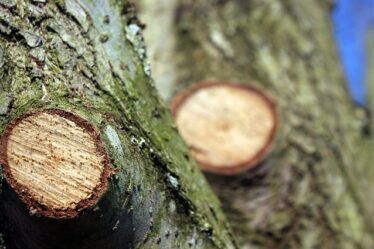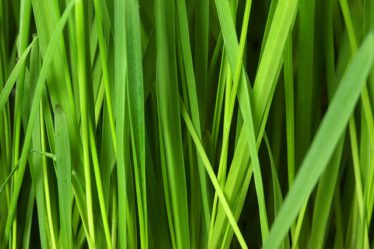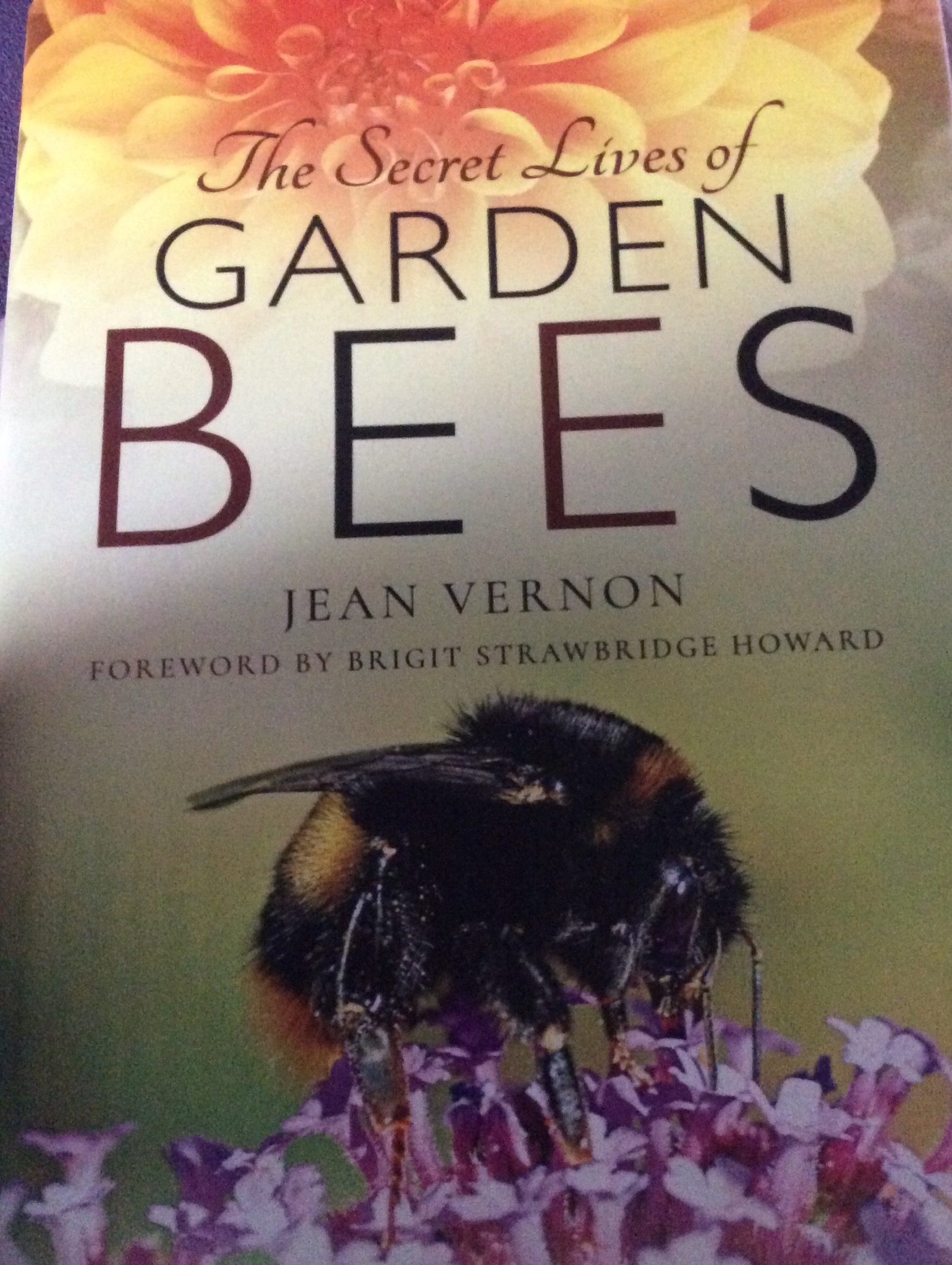
The Secret Lives of Garden Bees
Author Jean Vernon
Published by Pen and Sword Books Ltd
Foreword by Brigit Strawbridge Howard
Have you ever wondered about the bees in your garden, what type they are or where they live? Do they all make honey or like the same flowers? If you have pondered these or similar questions about bees then this book, The Secret Lives Of Garden Bees will answer them all.
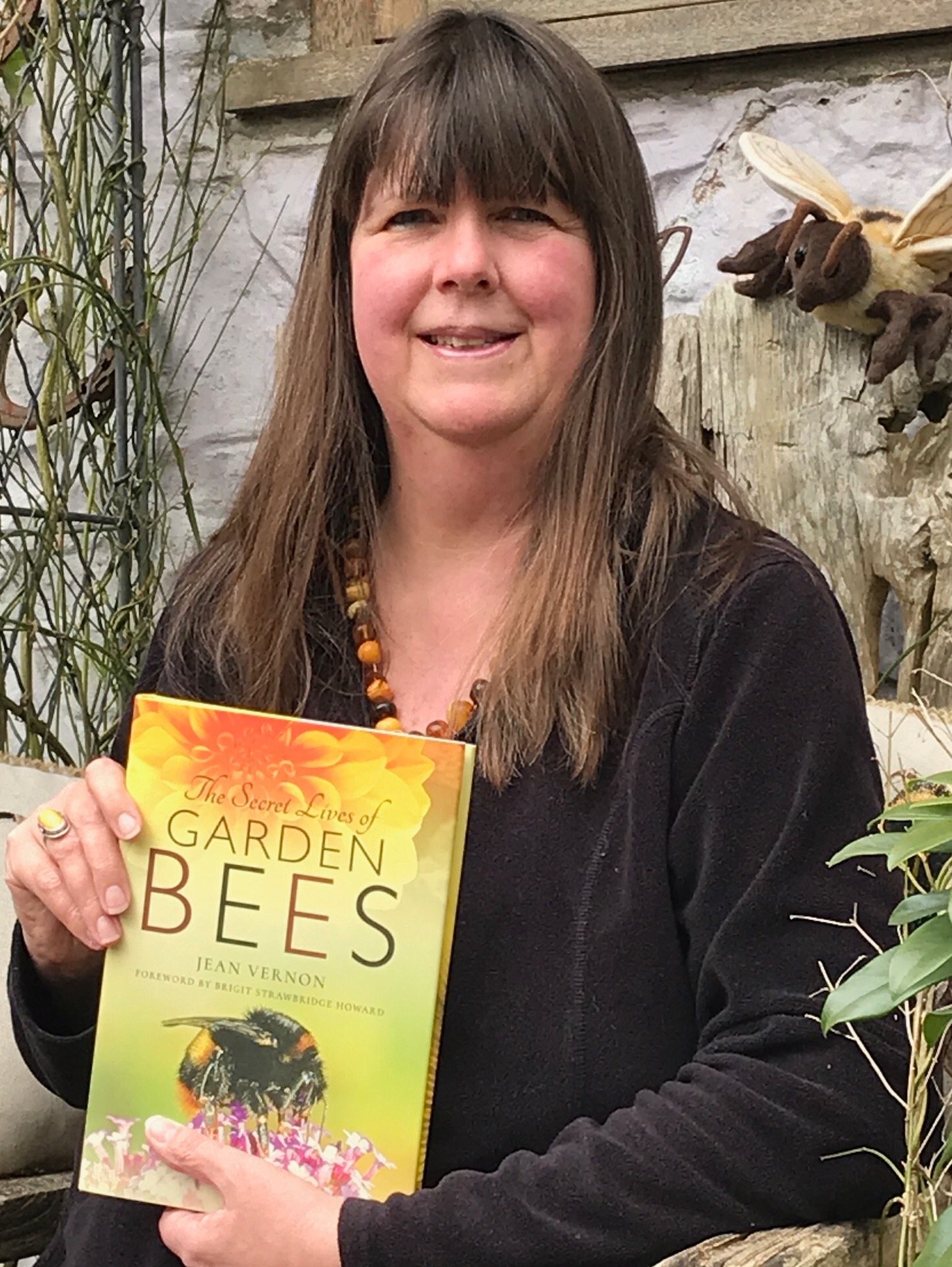
The Secret Lives Of Garden Bees – How To Identify Garden Bees
Jean takes us into our garden to search out our native bees and shows us how to identify them, from Buff Tailed bumble bees to Leaf Cutter solitary bees to Tree bumble bees and Tawny mining bees and many, many more.

In fact there are 276 species in the UK. Yes, that’s 276, Wow … we need to do all we can to keep them going strong, to attract more of them into our outdoor spaces.
The author offers us a fascinating insight to these delightful little buzz bombs.
The book is beautifully written and illustrated with gorgeous bee photos.
Did you know there are Cuckoo bumble bees? I have learnt that these bees lay their eggs in a host bees nest just as cuckoos do, clever and sneaky little things aren’t they?
Jean’s knowledge and enthusiasm for these creatures is quite infectious, you will find yourselves dashing outside looking for bees and trying to identify which ones they are. I certainly did. From my armchair to my garden, book in hand hoping to find and watch bees.
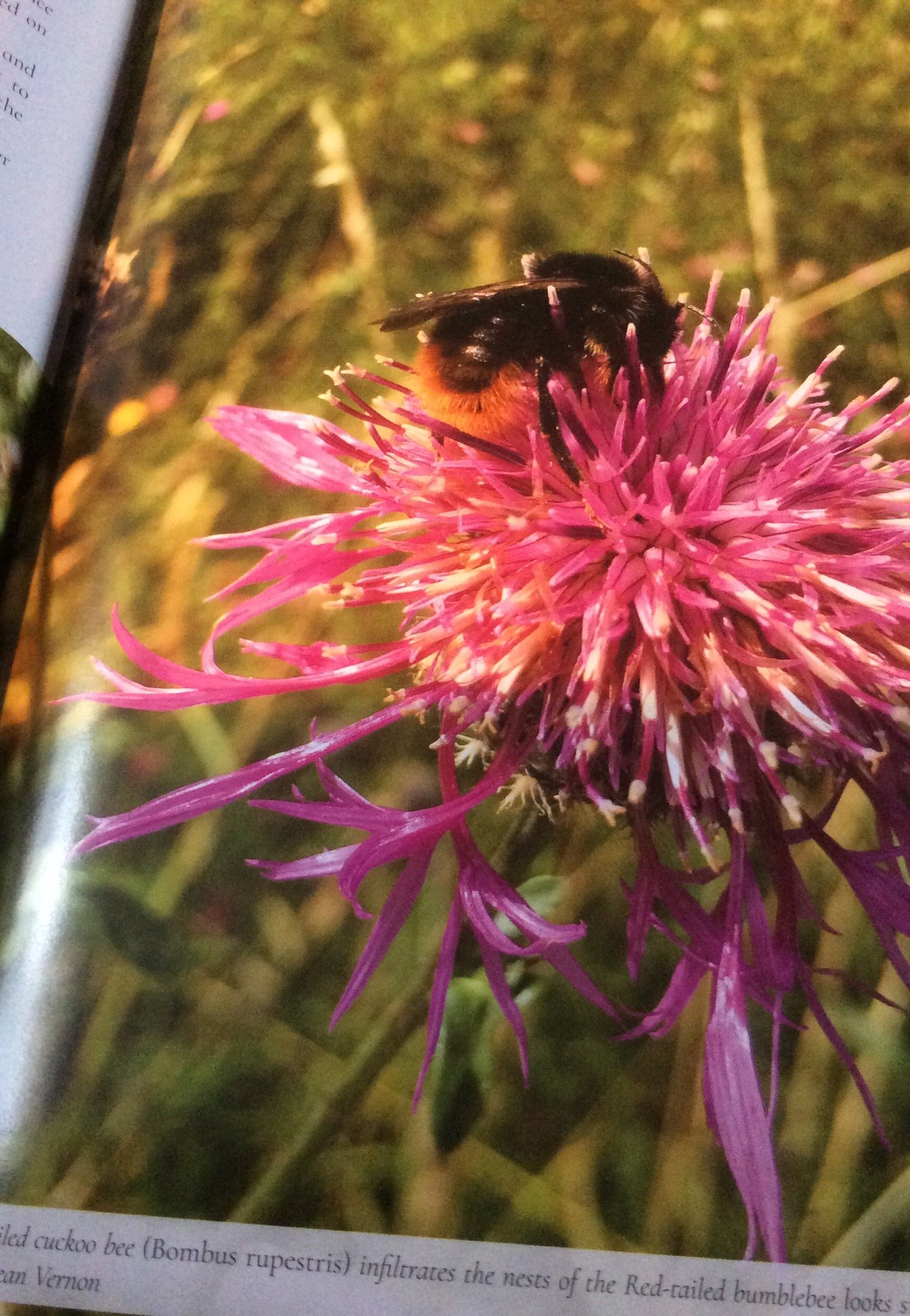
From the very first chapter, The Bees, we are guided through meeting our bees, identifying them, their behaviour, the food they need and what we can do and plant in our own gardens to help them to survive and thrive.
- Chapter 1 The Bees
- Chapter 2 Meet The Bees
- Chapter 3 Bee Behaviour
- Chapter 4 Bee Food
- Chapter 5 The Hostile Garden
- Chapter 6 Plant Intelligence
- Chapter 7 Bee-good Plants
- Chapter 8 Season by Season in the Bee Garden
There then follows references to further reading. Believe me, after reading Jean’s stories and information about our bees you will want to learn more. The references provide you with a plethora of bee books, associations, bee advice and the best websites to visit.
Best Plants For Garden Bees
With more and more intensive farming, building and the ever present expansion of rail networks and motorways the UK has lost 1000’s of hectares of natural habitats for 100’s of creatures. And the bees are suffering. It is up to us as individual gardeners to redress the balance and make our gardens havens for wildlife in order for bee numbers to increase. Because if we don’t, these clever pollinators and others like them will become extinct, we cannot afford to let that happen.
Jean expertly takes us through all the types of bees, pointing out how to identify them from their colouring, size and habits.
She then tells us which plants will be best to attract them into our gardens, explaining why certain flowers are better for each species of bee. Which of course means that we can ensure that there is a wide variety of bee friendly plants all through the year, thereby providing them the nectar they need season by season. Whether you plant ornamentals, herbs, fruit or vegetables or a mixture of all, you can make informed planting choices to better feed our bees.
With the planting guides in this book we can learn more about which flowers our bees like to feed from and the reasons for their preferences, we can then gain a bigger picture into how we can improve our gardening habits to benefit bees and other wildlife.
Why We Need to Care For Bees
For me, the gentle buzz of bees going about their business is one of the most calming soundscapes. Whether I am working in a clients garden or my own, if I can hear bees and birds it tells me that we have got something right in that particular little world. The planting is right, the balance for wildlife and us is right. Now that I have read The Secret Lives Of Garden Bees I am going to be even more aware of what is best to plant for our little friendly pollinators. I will refer back to the book to add to my ever growing bee friendly plant list.
If you want to learn what to plant in your garden to give bees a veritable feast in several different “restaurants” throughout your outdoor area then this is the book that will help you.
As Jean rightly says “If you love bees and pollinators and want to do more for them then you need to rethink your take on weeds”
All weeds are in fact wildflowers and without them we wouldn’t have the masses of garden plants that we know and love.
Most of our hybrid flowers have evolved from the common daisy and buttercup. Don’t be so quick to eliminate dandelions, clover or any other wildflowers as these are the early, nectar rich blooms that bees need.

Create Bee Homes
The book also includes where to find bee homes, be it a hole in a wall, in trees, tree stumps, empty bird boxes or a hole in the ground. Also, how to keep these nest sites safe and undisturbed.
Additionally, create some further bee houses and insect houses around your garden.
Jean’s book also gives you guidance on where to place bee boxes, for example, placing them so that they are facing south in order to get the best sun, but they need some shade too. Help is on hand on how to manage and care for your bee houses as well.
Conclusion
A huge amount of love for garden bees is what shines through in Jean’s writing, she shares this love, along with an abundance of knowledge with us so that we too can come to love these intelligent, interesting insects and learn how to care for them properly. Let’s do all we can to increase their populations.
I will be keeping this bee book handy, I can now find information on the bees in my garden, I will be able to identify more of them and know that I can plant a better range of plants to keep them fed, happy and cared for.
Let me know what bees you have in your gardens, what plants are attracting them into your outdoor space?
If you have any questions or views please pop them in the comments box below, I always reply and enjoy reading what you have to say.
Thank you
Louise

